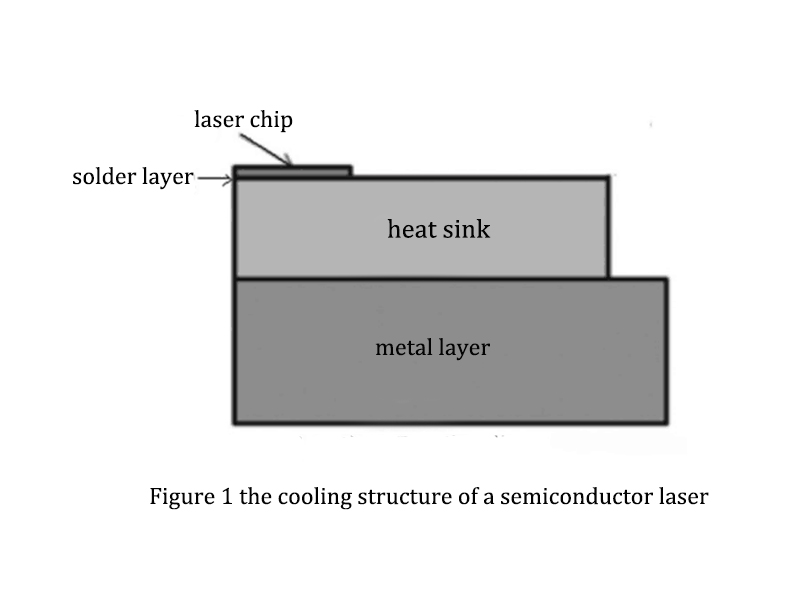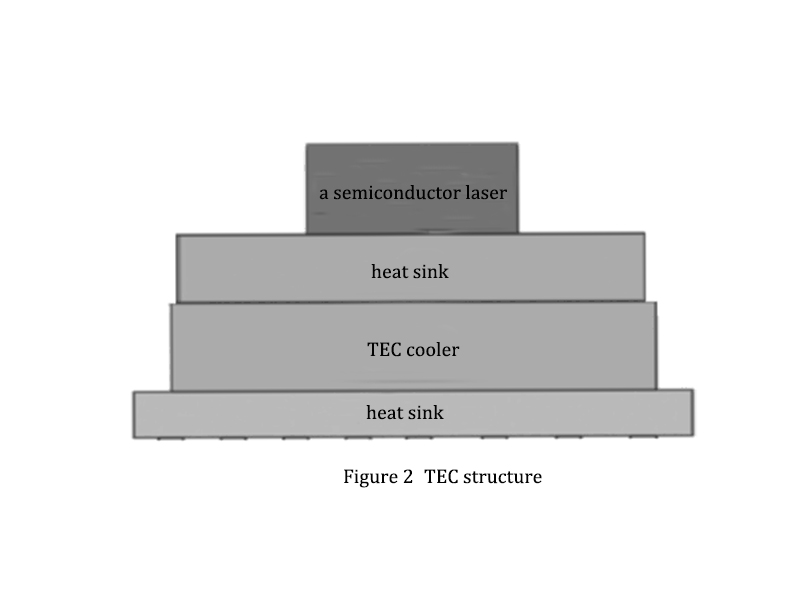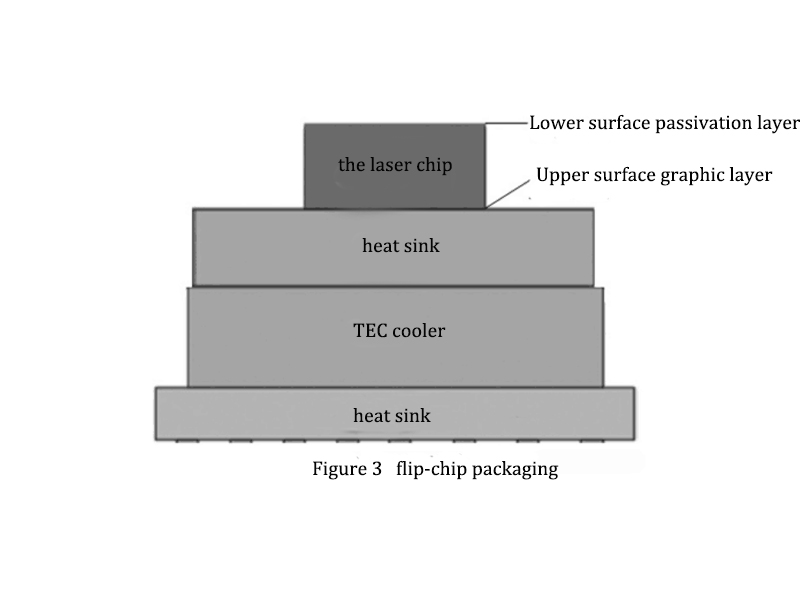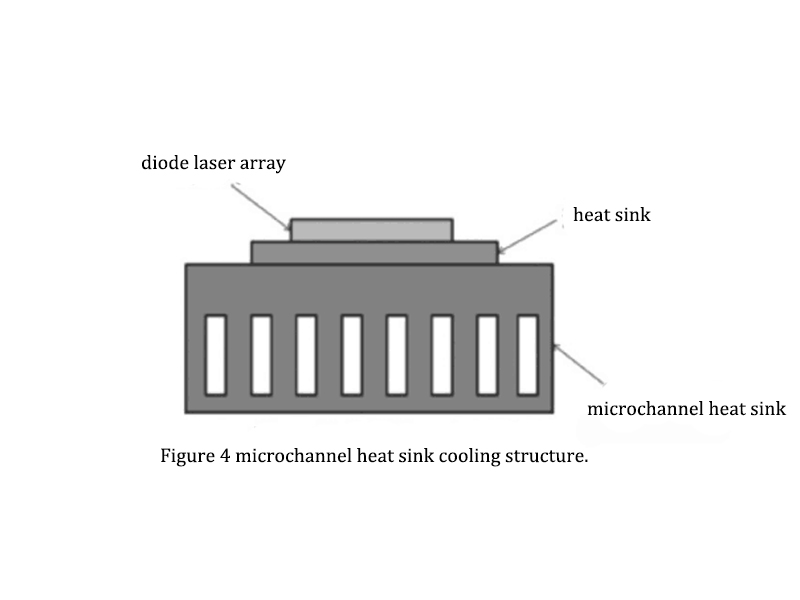Introduction to Semiconductor Lasers
Semiconductor lasers were initially researched abroad, with the earliest technologies originating from the United States and Japan, primarily for military applications. As technology advanced, these lasers began to find applications in civilian markets, including optoelectronics and communications. With the development of China's defense and optoelectronics industries, there has been an increasing demand for high-power lasers, leading to more research into high-power semiconductor laser devices. During research, it was discovered that the output quality of traditional semiconductor lasers could no longer meet current needs. To improve the output power of semiconductor lasers, ongoing improvements and analyses were made. It was found that half of the electrical energy in a semiconductor laser is converted into heat. Poor thermal management directly affects the laser's lifespan and performance, making thermal management a crucial issue that researchers are urgently trying to solve.
Concept of Semiconductor Lasers
Semiconductor lasers are among the most widely used optoelectronic devices today. With continuous technological advancement and increased production capabilities, they are now applicable in more fields. A semiconductor laser is a type of laser that uses semiconductor materials as the working medium. Due to different material structures, the produced laser varies accordingly. Semiconductor lasers are characterized by their small size and long lifespan. Besides communication fields, they are now also used in radar, acoustic measurement, and medical applications.
Classification of Laser Cooling Methods
Currently, laser cooling methods are divided into traditional and new methods. Traditional cooling methods include air cooling, semiconductor cooling, and natural convection cooling. New cooling methods include flip-chip cooling and microchannel cooling.
Cooling Structure and Heat Transfer Process of Semiconductor Lasers
Figure 1 is a schematic of the cooling structure of a semiconductor laser.

The cooling structure of a semiconductor laser package mainly consists of the laser chip, solder layer, heat sink, and metal layer. The solder layer connects the chip and the heat sink. For high-power semiconductor lasers, materials with high thermal conductivity, such as gold-tin solder, are often used during soldering to reduce thermal resistance. The packaging process involves several layers, including the chip, solder layer, heat sink, and metal layer. Heat is conducted away from the laser chip through the heat sink and metal layer to achieve effective cooling and extend the laser's lifespan.
Considerations in Thermal Performance Analysis
The thermal performance of high-power semiconductor lasers is primarily evaluated by thermal resistance and thermal conductivity. When analyzing thermal performance, it is important to consider the heat flux at a specified temperature. If there is a significant temperature difference, condensation may occur on the laser chip's surface, affecting light output power, wavelength stability, and potentially damaging the optical and electrical performance, ultimately impacting reliability. Common methods to reduce thermal resistance include using high thermal conductivity materials, which provide more optimization space for lowering the laser's temperature.
Traditional Cooling Methods
1. Natural Convection Heat Sink Cooling
Natural convection heat sink cooling involves using materials with high thermal conductivity to carry away generated heat, which is then dissipated through natural convection. Researchers have found that heat sinks with fins can enhance cooling efficiency by maximizing heat transfer rates. When temperature is constant, increasing the height of the fins reduces their spacing. Vertical heat sinks with increased height can improve cooling efficiency and reduce costs. Copper or aluminum nitride is commonly used for heat sinks, but they may not fully meet the cooling needs of high-power semiconductor lasers.
2. Semiconductor Refrigeration Cooling (Peltier Cooling)
The primary feature of semiconductor refrigeration is its small size and reliability. This method is often used in high-power semiconductor lasers. Adding a Thermoelectric Cooler (TEC) increases the package size and cost. The cold side of the TEC is connected to the semiconductor chip, while the hot side releases heat through convection. Figure 2 shows the TEC working structure.

Adjusting the internal parameters of the TEC can enhance its cooling effect. Research has shown that the optimal ratio of heat transfer area can maximize the TEC's performance. The heat transfer area ratio, TEC material characteristics, and exchange area significantly impact performance.
3. Large Channel Water Cooling
To lower the temperature of a heat sink, a channel is constructed within it, and water is introduced to achieve cooling. Researchers found that flow-optimized structures improve cooling performance compared to traditional cavity structures. However, as laser output power continues to increase, large channel water cooling may no longer meet the cooling demands of high-power semiconductor lasers.
New Cooling Methods
As demands for lasers grow, traditional cooling methods no longer suffice, prompting research into new cooling approaches. Current new cooling methods include:
1. Flip-Chip Packaging
Figure 3 shows the flip-chip packaging method. Flip-chip packaging still uses the TEC approach, but unlike traditional methods where the chip's front side faces up and the back side connects to the heat sink via solder, flip-chip packaging has the chip's main heat-generating surface directly connected to the heat sink through a solder layer. This method improves cooling efficiency by 20% or more. Since the chip's performance is strongly temperature-dependent, this method stabilizes light output and enhances overall laser performance.

2. Microchannel Cooling
Microchannel cooling has two main types: channels defined by size and those defined by surface tension effects. Figure 4 shows a typical microchannel heat sink cooling structure.

Experiments with microchannel cooling have demonstrated its high heat transfer rates. Microchannel heat sinks offer superior cooling due to their high heat flux. Different microchannel designs also impact cooling effectiveness, with cosine-shaped channels showing the best performance. Combining microchannels with glass microtubes can meet the cooling requirements of high-power semiconductor lasers. However, microchannels may face clogging issues due to thermal deformation or particles in the cooling medium, which can be mitigated using nanofluids to improve heat transfer.
3. Spray Cooling
Spray cooling uses pressure to atomize cooling liquid and spray it onto the heat transfer surface. It features high heat transfer coefficients and low coolant flow rates. Research shows that using water as the medium and solid cone nozzles enhances heat exchange on microstructured surfaces. Spray cooling efficiency is related to the spray flow rate and nozzle height, with certain designs providing better cooling.
Conclusion
In summary, the key factors in improving cooling efficiency are reducing thermal resistance and increasing heat flux. Reducing thermal resistance can be achieved by using materials with high thermal conductivity, while increasing heat flux can be done by enhancing the heat transfer coefficient at the cooling end. Lori is a professional cooling solution provider offering customized services to design and produce the most suitable heat sinks for your semiconductor lasers. Contact us if you need assistance!









